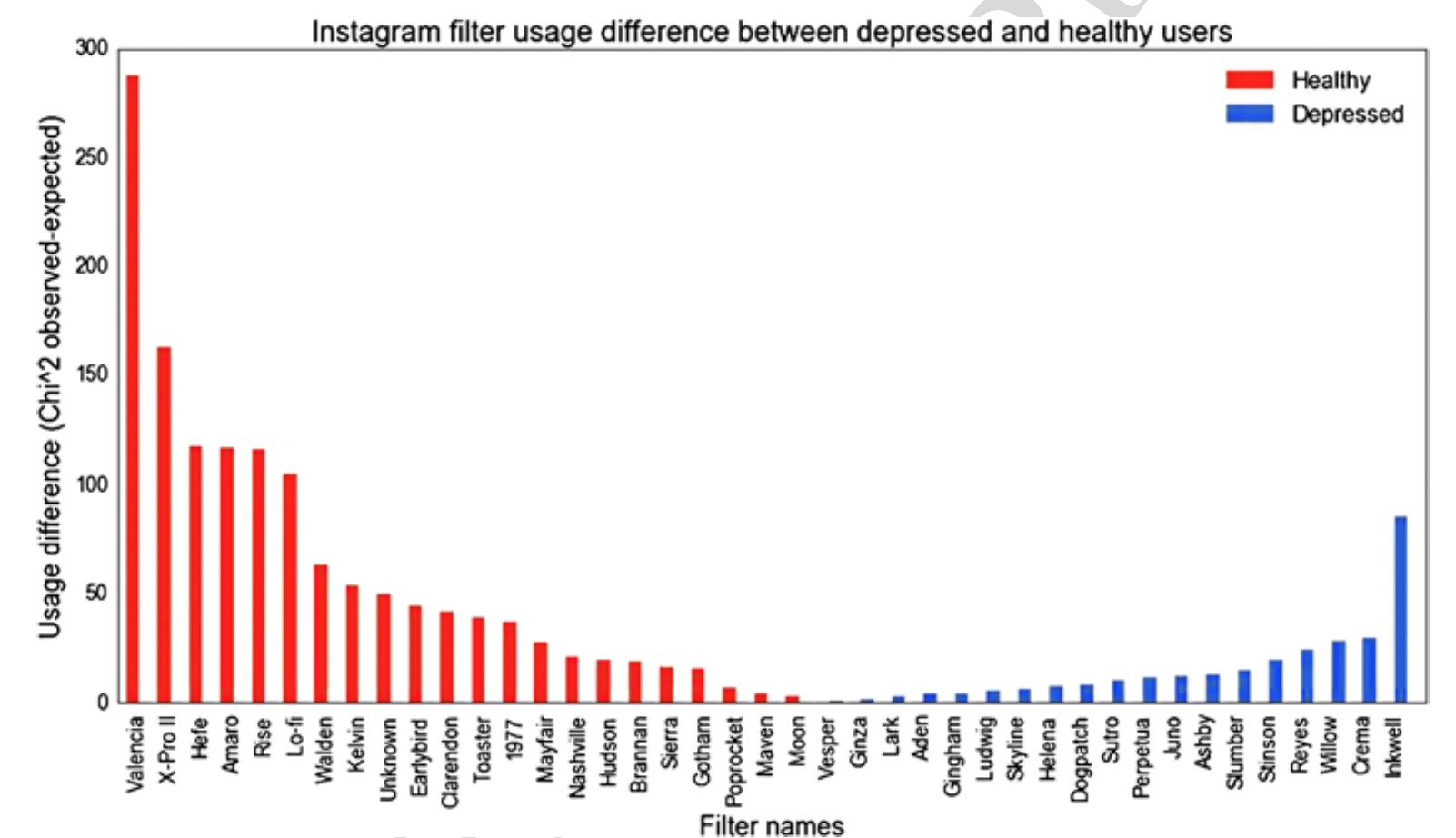People with Depression Tend to Post Darker Instagrams
Credit to Author: Kaleigh Rogers| Date: Tue, 08 Aug 2017 00:00:00 +0000
Carefully curated Instagram feeds can convince you everyone you know is living an idyllic, glamorous life. But under closer inspection, photos that are bluer, darker, or less-saturated might reveal a struggle with mental health, according to a new study published today in EPJ Data Science.
A group of 166 people were recruited for the study, 71 of whom had been diagnosed with depression. These participants handed over access to their private Instagram accounts, comprising a pool of more than 43,000 photos.
The researchers then had a computer model analyze the photos pixel-by-pixel for color, metadata, and face detection, and then use its observations to predict which users had depression and which didn’t. It didn’t consider any related text, like captions and comments. The model correctly identified the people with depression 70 percent of the time—that’s better than the average primary care doctor, who correctly diagnose depression about 50 percent of the time, according to previous studies.
“We were looking to identify what behaviors are people exhibiting potentially without them even realizing,” Chris Danforth, an advanced computing professor at the University of Vermont and co-author of the study, told Motherboard.
The computer model identified a number of trends among Instagram users with depression. Their photos tended to be bluer, darker, and grayer, unfiltered, have more comments, and fewer likes. When they did use a filter, they preferred the black-and-white lens of Inkwell, while the control group greatly preferred warm, sunny Valencia (the authors created an illustration to show the difference, which is at the top of this post).

Blue bars indicate disproportionate use of an Instagram filter by depressed compared to healthy participants, orange bars indicate the reverse. Image: Reece and Danforth/
Individuals with depression were also more likely to post photos with faces, but had a lower average face count per photo.
A statistical analysis of these correlations showed a pretty strong relationship, but Danforth cautioned that this was a small, specific group, and the results should be taken with a grain of salt.
“It’s a proof of concept and for the particular individuals we studied, this set of predictors works for them,” Danforth said. “Whether or not it would translate to average person’s Instagram feed, we don’t know.”
But this does add to the growing research that analyzes social media to make predictions about mental health. One study was able to identify mothers at risk for postpartum depression based on their social media posts with 71 percent accuracy. Others have used metadata like the number of tweets someone sends in a day to identify risks of depression. And there’s a decent body of evidence that show people who have depression more closely associate with darker colors, and can be less sensitive to color, seeing the world as more grey.
Danforth said more research should be done to see if these predictors are accurate to a wider population, which may make a useful tool for doctors hoping to get quicker and more accurate diagnoses.
Does it mean if your friend posts all black-and-white Instagrams he or she is definitely suffering from depression? Nah. But when taken in the context of the comprehensive data that we’re all pumping out into social media on the daily, it could help give some clues about what’s going on beyond the lens.
https://motherboard.vice.com/en_us/rss